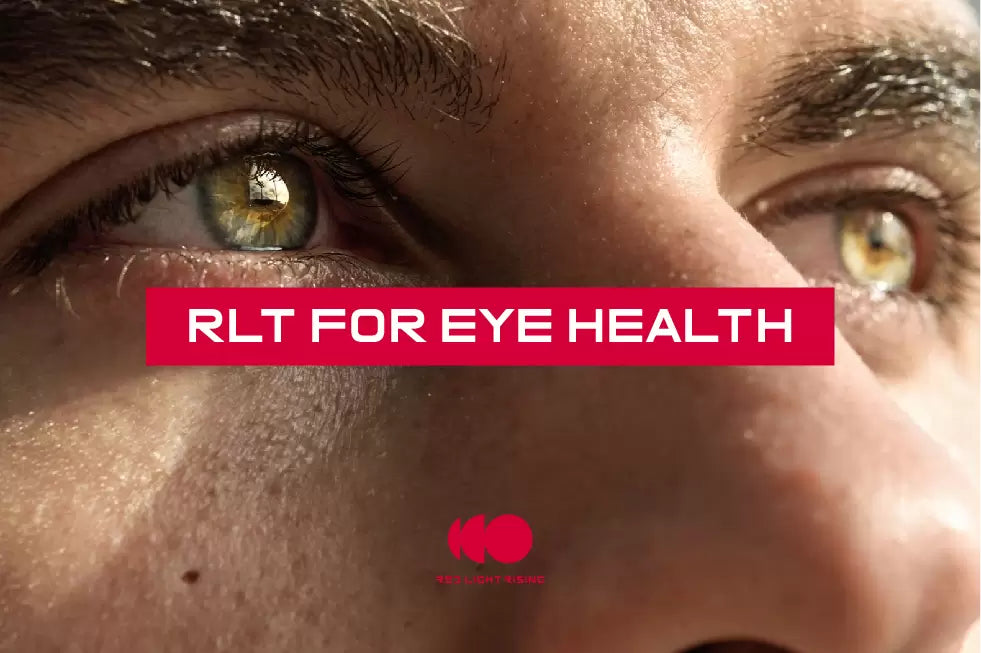In the quest for enhancing overall wellness and exploring innovative approaches to health, Red Light Therapy (RLT) emerges as a fascinating topic, particularly in the realm of eye health. This blog delves into the intriguing intersection of RLT and its potential implications for maintaining and supporting eye wellness.
With a focus on understanding the function of the retina and the science behind RLT, we also examine a specific study that sheds light on how this therapy might interact with our visual system, especially as we age. Join us as we navigate through the insights and findings from recent research, aiming to illuminate the possibilities that RLT presents for eye health improvement.

- Introduction to the Retina
- Understanding RLT and Eye Wellness
- Insights from a Study on RLT for Eye Wellness
- Concluding Thoughts
- References
Introduction to the Retina:
The retina, a crucial part of the eye, is sensitive to light and plays a significant role in converting visual information into neural signals for the brain.
It is known for its rapid aging compared to other body parts, experiencing a decrease in cellular energy production over time.
Understanding RLT and Eye Wellness:
Red Light Therapy (RLT) involves the use of specific light wavelengths to interact with the mitochondria within cells, potentially influencing energy production. The mitochondria, often referred to as the powerhouse of the cell, play a key role in generating energy. RLT is thought to possibly affect this process, although its exact mechanisms and outcomes are the subject of ongoing research.

Insights from a Study on RLT for Eye Wellness:
A study published on June 29, 2020, in the Journals of Gerontology examined the impact of deep red light exposure on eye health. The study involved 24 participants, divided into age groups, who were exposed to 670 nm light daily for three minutes over two weeks. This wavelength was chosen based on its potential to interact with retinal mitochondria.
The study observed changes in visual functions, particularly in participants over the age of 40. It noted variations in color contrast sensitivity and low-light visibility, with a focus on understanding how brief light exposure might interact with age-related changes in the retina. The researchers aimed to explore the underlying biological effects of light on mitochondrial function.
Concluding Thoughts:
This exploration into RLT and its interaction with eye health reflects ongoing interest in the potential wellness applications of specific light wavelengths. It's important to continue researching and understanding the complex relationships between light exposure and ocular health, especially as it relates to age-related changes in the retina.
For individuals interested in learning more about the science behind light therapy and eye health, consulting with healthcare professionals and reviewing current research findings can provide valuable insights.
References:
- The Journals of Gerontology: Study on the impact of 670 nm light exposure on eye health.
This summary is intended for informational purposes and does not substitute for professional medical advice or treatment. Always consult with a healthcare provider for any questions regarding a medical condition or treatment options.

